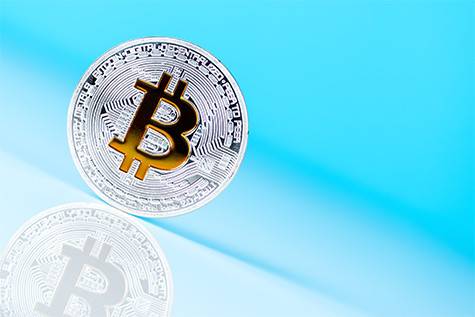Gold prices rose by more than 1% in European trading on Wednesday, heading back toward the 4,000-dollar-per-ounce level and on track to record their first gain in four sessions, supported by renewed safe-haven demand amid heavy losses in global equity markets.
Prices were also boosted by a pause in the U.S. dollar’s rally against a basket of major currencies ahead of key U.S. labor-market data expected to provide further clues about the likelihood of a Federal Reserve rate cut in December.
Price Overview
• Gold prices today: Spot gold rose by about 1.4% to $3,987.15 per ounce, from an opening level of $3,932.04, after touching a session low of $3,929.97.
• At Tuesday’s close, gold fell 1.75%, marking a third consecutive daily loss as doubts grew over the probability of a December rate cut.
Global Stock Losses
Following sharp declines in U.S. equities on Wall Street amid mounting concerns about excessive valuations in artificial-intelligence stocks, global markets saw broad-based losses as selling accelerated and worries about the sustainability of recent record gains deepened.
As a result, investors turned to traditional safe-haven assets such as gold, the Japanese yen, and U.S. Treasuries in an effort to hedge against heightened volatility in equity markets.
U.S. Dollar
The U.S. Dollar Index fell 0.15% on Wednesday, pulling back from a three-month high of 100.25 points, reflecting a pause in the dollar’s upward momentum against major and minor currencies.
Beyond profit-taking, the dollar retreated ahead of key U.S. data later today on private-sector employment, with official economic reports still delayed due to the second-longest government shutdown in U.S. history.
U.S. Interest Rates
• According to the CME FedWatch tool, market pricing for a 25-basis-point rate cut at the December FOMC meeting remains steady at 72%, while expectations for no change stand at 28%.
• Investors await the release of October private-sector employment data later today to reassess rate-cut probabilities.
Gold Outlook
Carsten Minki, analyst at Julius Baer, said the recent shift toward risk aversion in financial markets, driven by growing concerns about stock-market valuations, is helping gold stabilize after retreating from record levels.
Minki added that physical demand for gold remains strong from both safe-haven buyers and emerging-market central banks.
SPDR Fund
Holdings of the SPDR Gold Trust, the world’s largest gold-backed exchange-traded fund, fell by 3.15 metric tons on Tuesday to 6,378 metric tons, the lowest level since October 29.


